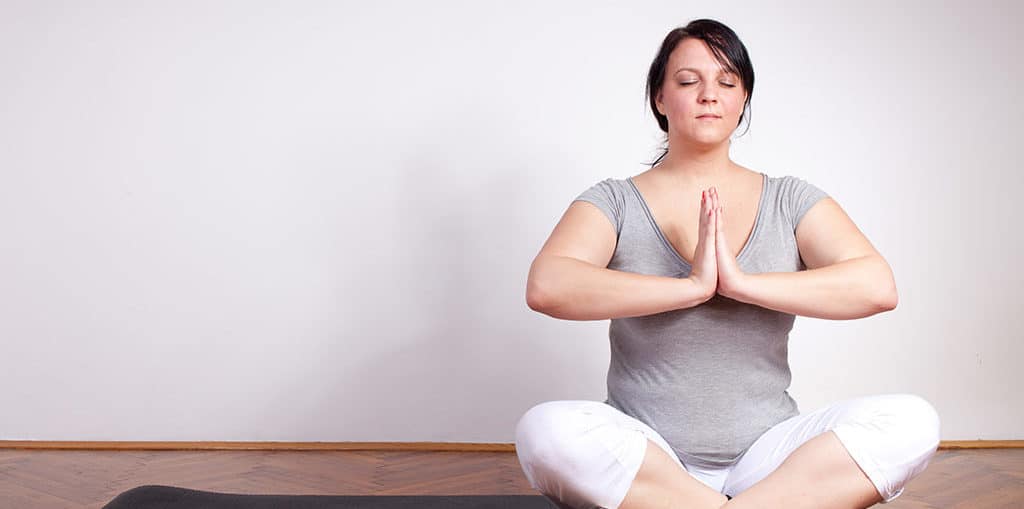Oct 25 - Oct 27, 2024
You Can Heal Childhood PTSD
Reconnect–emotionally and intimately–with your inner femininity.
View a listing of all our programs, workshops, and events—including our best-selling Happiness Retreat, Silent Meditation Retreat, and Ayurveda Wellness Cleanses.
Order a copy of our latest retreat guide and discover all the ways to relax, renew, and discover inner peace—programs, events, workshops, spa treatments, and more.
Quiet the mind and align with the present moment in our happiness, meditation, and silence programs.
You choose the dates, the activities, and Ayurveda treatments—we’ll do the rest. The perfect custom vacation!
The ancient science of Ayurveda gives us all the tools we need to live a holistic, healthy, and happy life in today’s modern world.
Guest teachers, thought leaders, authors, and experts inspire with their timely wisdom and transformative programming.

Ayurveda’s Holistic Approach to Menopausal Wellness
A 4-Week Online Retreat
Our on-demand programs are great introductions to the healing power of Ayurveda. Discover the Ayurvedic Daily Routine, overcome insomnia, and more—whenever, wherever!
Explore our campus in an interactive 360° virtual tour with guided navigation or on Google Maps.
Discover an extraordinary space for transformation and community building in the Blue Ridge Mountains.
Explore our campus in an interactive 360° virtual tour with guided navigation or on Google Maps.
As rates of stress, anxiety, depression, and diabetes all simultaneously rise in the United States, one can’t help but wonder if there is a link between these health conditions. In recent years, many studies confirmed this suspicion; in fact, stress and mental health issues are intimately tied to diabetes. However, at the root of all these conditions, stress is the culprit that tends to create all other complications.
Stress occurs in the body when we feel threatened. These threats can come in physical forms, such as being injured or ill, or in mental forms through problems in relationships, job, or finance. No matter what the cause of stress is, as soon as it comes into our experience our bodies quickly gear up for a fight or flight response.
To do so, first, our sympathetic nervous system is activated, allowing us to rapidly release the stress hormones adrenaline and cortisol. These hormones then release the energy in our body’s stored glucose reserves, making it available to our cells in the form of blood sugar. With this extra energy, our body becomes better fit to respond to the cause of stress.
However, unfortunately, if the stress response is prolonged over multiple days, weeks, or months, our cells can become overwhelmed by constantly high blood glucose levels, leading to insulin resistance and eventually type 2 diabetes. At the same time, excessive cortisol and adrenaline activate the fear system in our brain and promote inflammation, thus triggering anxiety and depression.
Due to their common origin in chronic stress, anxiety, depression, and diabetes are typically found together among patients. In fact, among individuals with type 2 diabetes, 42% experience anxiety and 28% have depression.

As these conditions develop simultaneously, each one can feed the other. For example, being diagnosed with diabetes can trigger excess stress and anxiety as patients fear complications such as heart disease, kidney disease, and nerve damage. This fear can then make patients feel overwhelmed, promoting depression.
Oftentimes, people will depression choose to self-medicate with comfort foods that are high in fat and sugar, which only further worsens diabetes. This cycle causes diabetic patients with depression to suffer more severe diabetes complications, which can, in turn, promotes more stress and anxiety.
For that reason, if you have diabetes it’s imperative to talk to your doctor if you think they have anxiety, depression, or chronic stress.
Here are some symptoms to watch out for if you think you might be suffering from chronic stress:
If you are experiencing these symptoms, you are likely at an increased risk of anxiety and depression. Here are some symptoms of anxiety to watch out for:
In addition to these, you should also be on the lookout for the symptoms of depression:
Whether you are diabetic or not, if you are experiencing the symptoms of any of these three conditions it is best to seek help from your physician as soon as possible in order to explore treatment options. In addition to this, there are many avenues that you can start exploring now that will lead you to an improved quality of life.

Reducing stress and improving your mental health can be quite easy and rewarding. Here are a few helpful practices for stress relief that you can start doing now:
Although meditation might seem simple on the surface, it is a powerful practice that can have profound effects on our lives. In fact, having a regular meditation practice is proven to reduce anxiety, prevent depression, and ease stress.
Although many often think of meditation as this far-off, esoteric practice only meant for yogis, monks, or hippies, in fact, 18 million adults in the United States use meditation.
Starting a daily practice can be quite simple. All you need to do is sit in a comfortable position (preferably on the floor or in a sturdy chair where your back can be upright), close your eyes, and begin to observe your thoughts and clear your mind.
Don’t be dismayed if your mind isn’t perfectly clear at first. Just like anything, practice makes perfect. If you’re new, try to meditate for just five minutes per day at first. Then, gradually, you’ll find yourself naturally more able to sit for longer stints.
As you take the time to truly listen to yourself, you’ll likely gain a lot of clarity about the sources of stress in your life, thus empowering you to make the adjustments necessary to avoid those stressors in the future.

Meditation often goes hand in hand with breathing techniques, and for good reason; these practices complement each other perfectly when used together, allowing for deeper states of relaxation. In fact, breathing techniques are back up both by ancient practices and modern science as effective tools for stress reduction.
Although there are many breathing techniques out there, it’s best to start simple. One easy method is known as the 4-7-8 technique. To try this practice, sit up with your back straight and place the tip of your tongue just behind your upper front teeth. Then, follow these steps:
This technique will likely leave you feeling calm, yet alert. Feel free to use it throughout your day, whenever you are feeling overwhelmed.
If you’d like to explore other breathing exercises, we recommend Ujjayi breath.
When breathing techniques, meditation, and restorative physical exercises are all brought together, you get the wonderfully relaxing art of yoga. Yoga is proven to decrease stress, alleviate tension, increase strength, improve flexibility, and lower blood pressure.
Although you might be intimidated by images of people standing on their heads or shoulders, worry not; yoga is a simple practice designed to meet everybody where they are comfortable starting. Practicing sun salutations, also known as Surya Namaskara, is a great place to start.